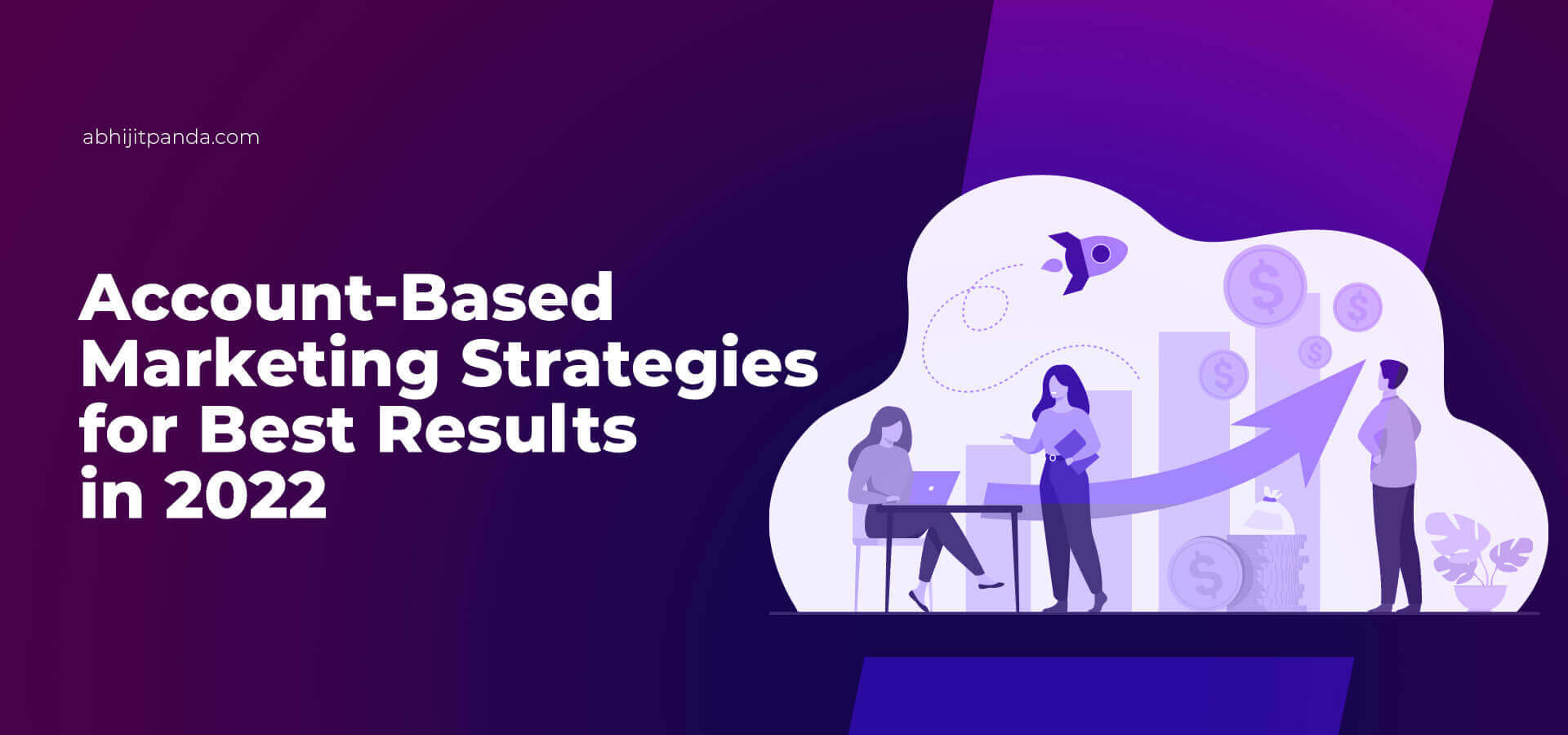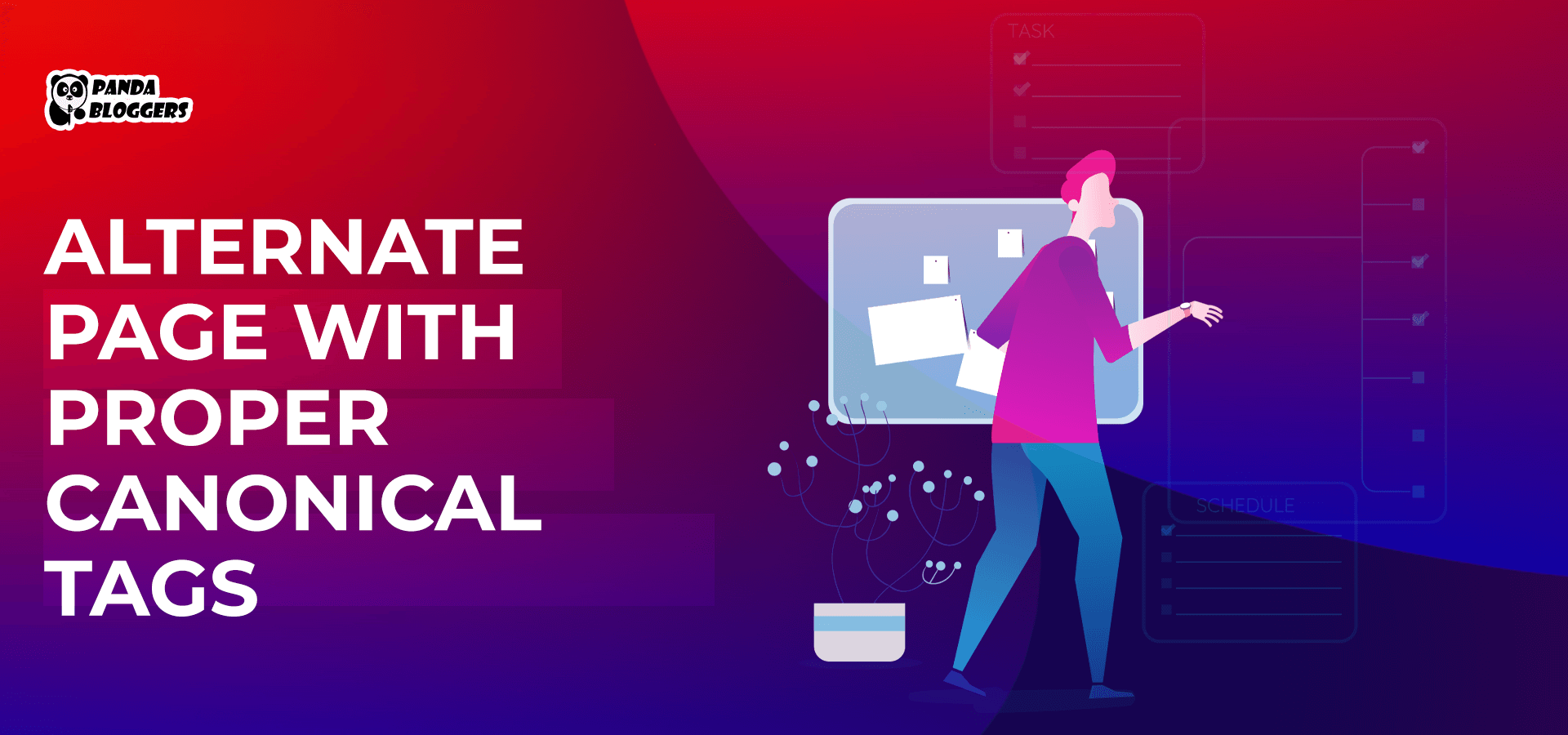 Account-Based Marketing Strategies for Best Results in 2023
Account-Based Marketing Strategies for Best Results in 2023
At present, account-based marketing or key account marketing is one of the hottest trends in business-to-business (B2B) marketing.
According to a global survey conducted by LinkedIn,
“Over 56% of B2B marketers are using account-based marketing in their current business operations. Likewise, over 80% of those surveyed plan to increase their budget account-based marketing over the next year.”
Your business must switch from conventional B2B marketing to account-based marketing in 2023 to increase the numbers and sizes of closed deals. As highlighted in our previous blog post on what is account-based marketing, this form of marketing differs from conventional marketing strategies in many aspects. While implementing account-based marketing strategies, you have to target individual enterprises and specific decision-makers.
Also, you have to focus extensively on personalizing the buying experience of every high-ticket enterprise customer. Hence, you must identify the key target accounts, major customer pain points, and most-effective communication channels. At the same time, your account-based marketing strategies must boost the creation and distribution of contextual and targeted content.
You have to consider a wide variety of factors while making and implementing account-based marketing strategies in 2023. You further need to measure the performance of account-based marketing campaigns using the right metrics. That is why; you can make account-based marketing strategies effective in producing the best results in 2023 only by adopting a slew of best practices.
15 Best Practices to Make Your Account-Based Marketing Strategies Successful in 2023
1) Develop and Make Account-Specific Offers
Unlike conventional marketing techniques, account-based marketing (ABM) emphasizes personalization. Your organization cannot close multiple sales deals by offering the same offers to various accounts. You can close more sales deals only by developing account-specific offers.
While developing offers, you must answer one important question – why the account will find your offer lucrative and valuable? Also, you must use the account-based offers as a powerful tool to make the account agree to meet your sales representative.
2) Assign Every Account to the Right Sales Representatives
While making account-based marketing strategies, you must remember that every marketer and salesperson has her own strengths and weaknesses. You can close sales deals quickly and successfully only by assigning an account to the most appropriate employees.
Your strategy must focus on identifying the skills and expertise required to nurture and engage a particular account. Also, you must find employees who possess the soft skills and social connections required to manage the specific account.
3) Connect with Target Accounts by Sending Direct Mails
Search engines and social networks directly impacted the popularity of direct mail as a form of advertisement. But several studies suggest that direct mails are one of the most powerful marketing tools to facilitate one-to-one communication with prospects and leads.
While making account-based marketing strategies, you must leverage direct mail to reach executives through one-to-one communication. The direct emails will make it easier for your sales team to connect with target accounts that do not spend time on social networks, register for newsletters/whitepapers, and respond to marketing emails.
4) Create One-to-One Campaigns
Unlike conventional marketing methods, ABM emphasizes nurturing leads individually. Your account-based marketing strategies must focus on planning and launching one-to-one marketing campaigns by targeting a particular account. The individualized campaigns will help your salespeople to build a relationship with the target account through direct emails.
The sales manager can connect with the target account by sending an email conveying key reasons or benefits of connecting. Also, the salesperson can nurture and sustain the relationship by sending follow-up emails or making follow-up calls. However, she must look for opportunities to connect with other executives involved in the decision-making process.
5) Design Account-Specific Landing Pages
You cannot close sales deals in 2023 without delivering personalized messaging to every account once she reaches the landing page on your website. Many B2B marketers these days boost sales conversion by creating an account-specific landing page.
The account-specific landing page will deliver a targeted and personalized message to the account according to the ad she has clicked on. You can easily impress the account by displaying her name on the landing page. Also, you can persuade the account to place an order by including personalized content, offers, forms, and images on the customized landing page.
6) Engage Accounts through Retargeting
Your account-based marketing strategies must leverage retargeting to show prospective customers your ads on other sites after they leave your website or social networking page. Retargeting ads will further help your business to connect with decision-makers instead of gatekeepers.
Many B2B retargeting companies and ad networks these days display retargeting ads to accounts by identifying them based on their IP addresses. Also, they leverage artificial intelligence (AI) to display retargeting ads according to the account’s search intent based on their search engine queries.
7) Leverage Social Intelligence
Social intelligence helps you to build social relationships with others successfully by understanding how they feel in various social situations. Building relationships with accounts by delivering personalized and targeted content is one of the key characteristics of ABM. Social intelligence will help your ABM team to understand how a targeted account feels and behaves to changing triggered events. The understanding will make it easier for them to revise and finetune the content to be sent to the account based on fresh and actionable information.
8) Don’t Target Only Higher-Level Executives
While implementing account-based marketing strategies, many decision-makers target only vice presidents, directors, and similar higher-level executives. In large companies, purchase decisions are made only by C-suite executives. But many decision-makers these days involve lower-level executives in the buying cycle to get actionable insights and make informed decisions. That is why; your strategy can increase the number of closed sales deals only by targeting executives with various business titles.
9) Redefine Buyer Personas
While planning conventional marketing campaigns, marketers create buyer personas that represent ideal customers semi-fictionally. Your ABM strategy can leverage the existing buyer personas to make salespeople understand the people they will engage with during the sales process. But the strategy must redefine the buyer personas based on real-time information and customer information collected using various techniques – contact us forms, social listening, and conventional interviews. Also, you must focus on creating ideal customer profiles individually based on the buyer personas.
10) Keep Customer Data Clean and Clear
You cannot create ideal customer profiles without integrating and analyzing information collected from various channels and sources. But your account-based marketing strategy must focus on identifying and segregating the correct and valuable information about target accounts. You can analyze the information collected from diverse sources efficiently and accurately only by keeping the data clean, clear, and organized. Also, you must use predictive analytics to compare new accounts with existing customers based on their characteristics and behaviors.
11) Adopt Multichannel Communication
While running ABM campaigns, B2B marketers spend a significant amount of time meeting prospective buyers in person. But you must remember that business owners and decision-makers these days use multiple communication channels.
For instance, most B2B buyers spend time regularly on specific social networking platforms like LinkedIn and Twitter. Also, B2B marketers can interact with accounts through emails, text messages, and video conferencing tools. That is why; you can make the ABM strategies successful in 2023 only by adopting a multichannel approach.
12) Unify Sales and Marketing Teams
Many organizations run still ABM campaigns through salespeople. But you cannot make the account-based marketing strategies succeed without involving both marketers and salespeople in the campaigns. The sales team must help marketers to identify and target the most relevant prospects. Likewise, marketers must leverage the inputs shared by salespeople to generate more relevant leads. Your account-based marketing strategies must facilitate the development of an ABM team by unifying marketing and sales teams.
13) Drive ABM Campaigns by B2B Influencers
Like ABM, influencer marketing is currently one of the hottest trends in B2B marketing. Many businesses these days use B2B influencers to guide entrepreneurs and decision-makers through the buying process. You can make ABM campaigns more impactful in 2023 by involving B2B influencers. While running ABM campaigns, marketers can influence prospects more effectively by collaborating with B2B influencers. The reputation and reach of the influencers will make it easier for marketers to add momentum to various multichannel ABM activities.
14) Automate ABM Activities
The new-generation technologies help you to automate common ABM activities. For instance, you can use advanced analytics to measure the performance and impact of individual account-based marketing strategies. Likewise, you can leverage artificial intelligence (AI) algorithms to identify and target the most relevant accounts by understanding customer profiles. There is a slew of AI-powered software solutions that help you to create personalized and targeted content for every account across communication channels.
15) Define and Combine the Right ABM Metrics
You can increase the number and value of closed sales deals only by assessing and improving the performance of various account-based marketing activities. Your strategy must define the metrics and KPIs to be used to measure the performance of individual activities. While selecting metrics, you must divide the ABM activities into two broad categories – pre-sales and post-sales.
You should use pre-sales ABM activities using important metrics like target account reach, marketing-qualified accounts, sales-qualified accounts, average contract value, and deal velocity. On the other hand, you should use key metrics like cross-sells, upsells, referrals, and net promoter scores to measure the impact of post-sales ABM activities.
Like conventional marketing trends, account-based marketing trends change from time to time. You can make the account-based marketing strategies relevant in 2023 only by adopting both existing and emerging trends. Hence, your account-based marketing strategies must remain flexible enough to adopt new trends early and proactively.









Leave a Reply